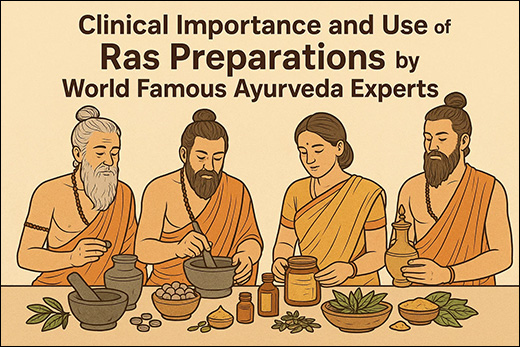
Clinical Importance And Use Of Ras Preparations By World Famous Ayurveda Experts
Clinical Importance And Use Of Ras Preparations By World Famous Ayurveda Experts Abstract Ras Shastra, the ancient Ayurvedic alchemy, transforms … Read more

Clinical Importance And Use Of Ras Preparations By World Famous Ayurveda Experts Abstract Ras Shastra, the ancient Ayurvedic alchemy, transforms … Read more
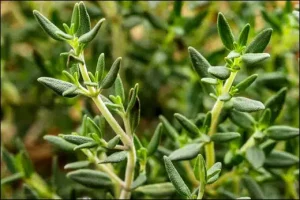
Thyme – Components, Nutritional Values, Properties & Ayurvedic Applications Description ‘Thyme’ is known in Hindi as Banajwain, Marizha, Masho, Rangsbur … Read more
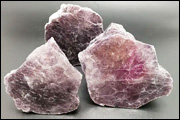
Abhrak (MICA – Double Silicate of Aluminium and Potassium or Sodium) Introduction Abhrak is Mica in English. It’s a mineral … Read more
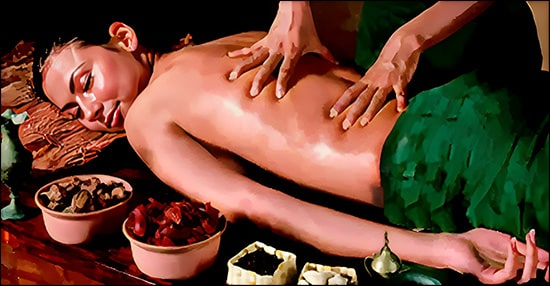
Snehana or Oleation Therapy in Ayurveda Abstract To eliminate the diseases fully and to increase nonspecific immunity against all the … Read more
Panchamla Thailam Reference – Sahasrayogam Introduction Panchamla thailam is an Ayurvedic formulation known for its amazing benefits in the treatment … Read more
Nimbamritadi Eranda Tailam Reference – Astangahridayam Introduction Nimbamritadi eranda tailam is an Ayurvedic herbal preparation that is well known for … Read more
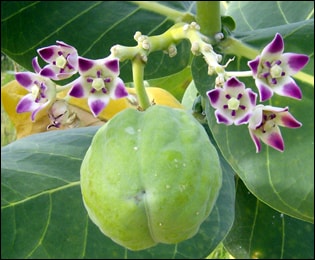
Aak, Madar (Calotropis gigantea) – Uses, Benefits, Dosage and Properties Arka (Calotropis gigantea) is a perennial shrub growing 2.5 meter … Read more

Mango (Mangifera indica) – Uses, Benefits, Dosage and Properties Who does not like eating mangoes or its various dishes, desserts … Read more
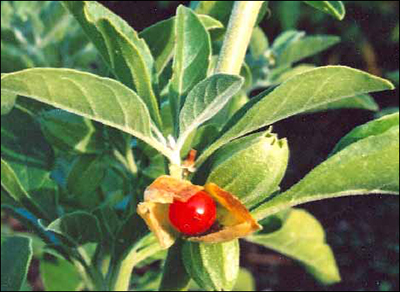
Ashwagandha – Winter Cherry (Withania Somnifera) Description of Plant Ashwagandha is short woody shrub which can grow up to 35-75 … Read more
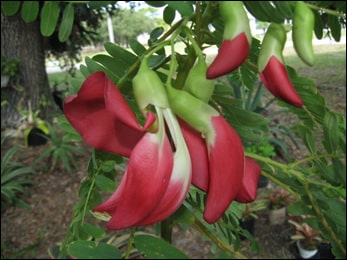
Agastya (Sesbania grandiflora) – Uses, Benefits, Dosage and Properties Introduction FAQs Description of Agastya Tree Agastya is fast growing and … Read more
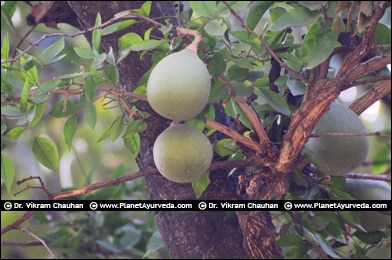
Bilva (Aegle marmelos) – Bael Uses, Benefits, Dosage and Properties Description of Plant Bael is a spinous deciduous and aromatic … Read more
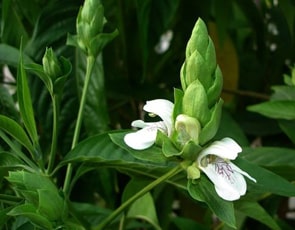
Vasaka, Malabar nut (Adhatoda Vasica) – Uses, Benefits, Dosage and Properties Plant Description Vasaka is tall, dense, evergreen herbaceous shrub. … Read more
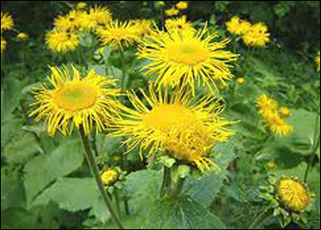
Pushkarmool (Inula Racemosa) Description of Plant Inula racemosa is a perennial herb with a height extending from 0.5 to 1.5 … Read more
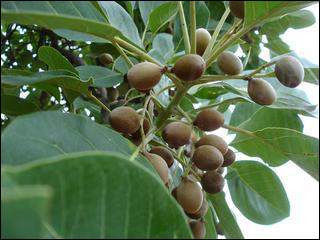
Bibhitaki (Terminalia bellirica) – The Fearless Warrior (Ref: Bhavaprakasa Nighantu) About Bibhitaki Bibhitaki (Terminalia bellirica) as the name suggests, makes … Read more
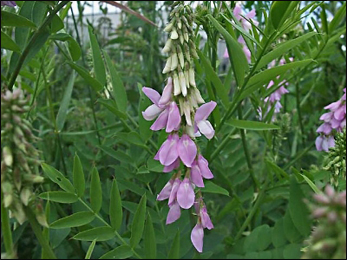
Goat’s Rue (Galega officinalis) – Uses, Health Benefits and Therapeutic Effects About Goat’s Rue Goat’s rue (Galega officinalis) is an … Read more
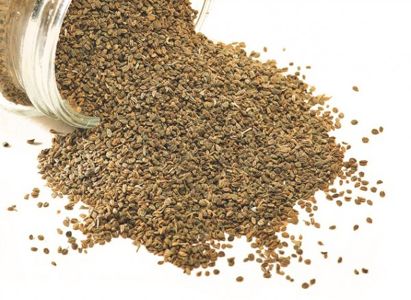
Ajwain, Carom Seeds (Trachyspermum Ammi) Description of Plant In the field of medicine, use of plants as medicines is as … Read more
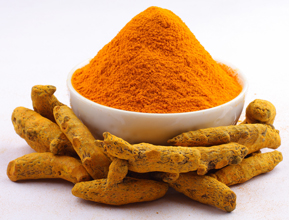
Turmeric, Curcumin (Curcuma longa) Description of plant Turmeric (Curcuma longa) is perennial herbaceous plant that grows up to 1mt in … Read more
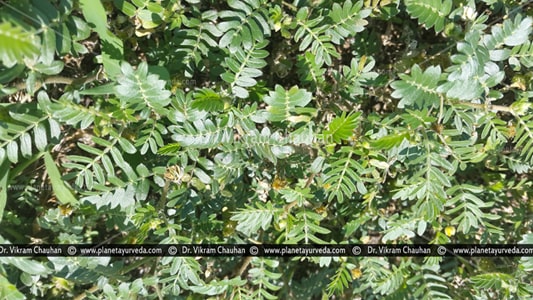
Gokshura, Puncture Vine (Tribulus terrestris / Tribulus alatus Del.) – Uses, Benefits, Ayurvedic Properties & Effects on Dosha Gokshura Plant … Read more
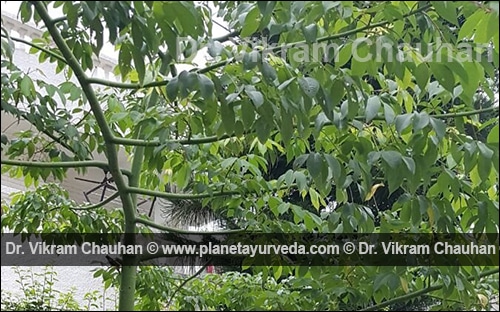
Shalmali, Silk Cotton Tree (Salmalia malabarica) Description of plant Shalmali tree grows in tropical humid conditions and reaches height up … Read more